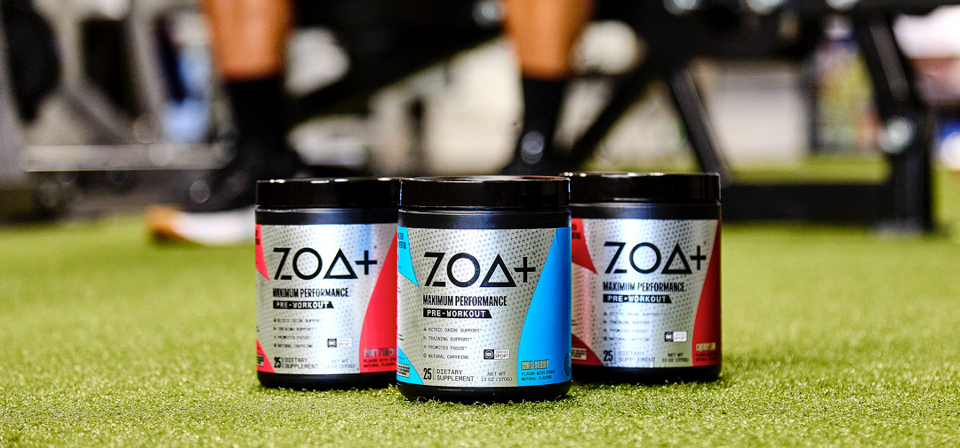Prioritizing Children’s Health: Revisions to EPA Rules and NSF Standards Help Reduce Lead in Drinking Water
Lead is a dangerous contaminant in drinking water that can be harmful when ingested, even at relatively low concentrations. Children are the most at risk of lead poisoning, which can result in slowed growth, anemia and irreversible reductions in IQ and academic success, according to the U.S. EPA. Communities with older homes and buildings have a greater risk of lead leaching from lead service lines into drinking water. This means that children living in older homes have the highest risk of lead poisoning, contributing to greater inequity in educational advancement.
EPA’s Lead and Copper Rule Revisions
The EPA recognizes these social justice concerns and has updated the Lead and Copper Rule in a way that will better prioritize the safety of vulnerable populations.
The original Lead and Copper Rule (LCR), first published in 1991, regulated the maximum concentration level of lead and copper allowed to leach into drinking water. However, the original rule created many loopholes that allowed water utilities to avoid replacing lead service lines, which are the main source of lead in drinking water. In fact, the EPA states that since 1991, only 1% of utilities replaced lead service lines as a result of action level exceedance. So how will the revisions help address this? The new revisions to this rule focus on:
- Children’s safety and protection in schools and child care settings
- Reducing and eliminating lead in drinking water
- Transparency on lead service line locations
The changes include:
- New requirements for utilities to test for lead in the drinking water of the schools and child care facilities that they serve
- Updated testing procedures for water systems to better identify accurate levels of lead in drinking water, including a requirement for fifth liter sampling, which allows for analysis of lead contributed by the lead service line
- New legal trigger-level limit of 10 ppb for lead service line corrosion control
- Increased lead service line replacements and loophole elimination
- Rules mandating water systems to make public the locations of their lead service lines
- Timely notification to homeowners when high lead levels are identified
The EPA is currently requesting input via virtual engagements for this rule from communities most at risk of lead exposure. The final review of the rule is anticipated to be completed by all stakeholders through June 17, 2021 and projected to go into effect on December 16, 2021 with full compliance required by September 16, 2024.
Reducing Lead in Drinking Water System Components
In addition to the LCR revisions targeting lead service lines, the EPA has also issued the final rule Use of Lead-Free Pipes, Fittings, Fixtures, Solder, and Flux for Drinking Water. These regulations are associated with the Reduction of Lead in Drinking Water Act of 2011 (RLDWA) that focuses on products that convey or dispense drinking water and are sold in the USA. The rule requires all products introduced into commerce in the U.S. to be certified to meet the definition of lead-free by an ANSI-accredited certification organization such as NSF, where lead-free is defined as:
- Not containing more than a weighted average of 0.25% lead when used with respect to the wetted surfaces of pipes, pipe fittings and fixtures, and
- Not containing more than 0.2% lead when used with respect to solder and flux
Products certified to NSF/ANSI/CAN 61 and/or NSF/ANSI/CAN 372 are evaluated and tested in a manner that ensures compliance with these regulations.
In another recent effort to help control lead levels in drinking water, NSF/ANSI/CAN 61, the drinking water product standard widely required in the United States and Canada, has been updated to further restrict the amount of lead that can leach from endpoint devices, or products present in the last liter of the water distribution system. The update reduced the Q criteria from 5 µg for faucets and 3 µg for components to 1 µg and 0.5 µg, respectively. Endpoint device manufacturers can certify their products to these lowered criteria on an optional basis until January 1, 2024, at which time all certified endpoint devices must comply with the new, reduced criteria. The standard also requires that products that comply with the new criteria identify this compliance on consumer-facing product packaging to make these products easily identifiable in the marketplace.
For decades, NSF has worked with governments, regulators and manufacturers to reduce lead levels in drinking water and is committed to continue this work through comprehensive third-party certification programs. We are here to help manufacturers navigate these lead reductions changes as we all work together to improve and protect public health.
Have a question? Email Kathryn Foster.
Lowering Lead Limits on Faucets and Endpoint Devices: Reducing the Q Criteria in NSF/ANSI/CAN 61
How NSF Can Help You
Get in touch to find out how we can help you and your business thrive.

What’s New with NSF

2024 GFSI Conference - Meeting the Needs of our Evolving World
March 20, 2024
New Research Finds 84% of South Africans Demand Animal Wellness From Food Companies
March 18, 2024
Dwayne “The Rock” Johnson’s ZOA+ Powder Earns NSF Certified for Sport® Certification
March 4, 2024